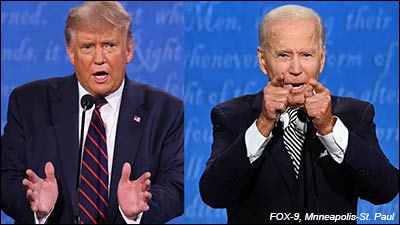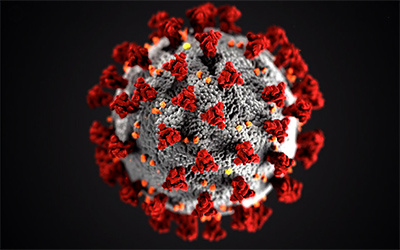
Pew Research Center
(Click on link or on image above to go to Pew Research Center.)
By Jim Ellis
Sept. 1, 2021 — Largely due to a major shift in perception among Republicans, some American institutions have suffered a major image decline. In July, the Pew Research Center conducted another survey of views and attitudes regarding the country’s key institutions and compared it with a similar study they conducted two years ago.
(The Pew Research report is available at this link: Republicans increasingly critical of several major U.S. institutions, including big corporations and banks)
As has been the case for the past few years, the people identifying with each of the two major political parties see things from an opposite perspective. For most institutions, the aggregate party respondents have become even more polarized in their views. In three particular instances the institutional favorability index changed rather significantly during the relatively short two-year interval between the Pew studies.
Expressing some optimism, the response to whether churches and religious organizations have a “positive or negative effect on the way things are going in the country,” actually received improved ratings.
Among both Republicans and Democrats, the religious-affiliated entities ascended. Now, 62 percent of the respondents believe these God-centric groups have a positive effect upon the country, up a net four points from the July 2019 survey. Republicans remained constant through the two surveys at a very high 76 percent approval rate. Democrats jumped from just 44 percent expressing a positive sentiment in 2019 to 52 percent this year.
For a pair of institutions, however, the normally disparate views surprisingly strike an equivalent balance. Concerning financial institutions and large corporations, the responses between the Republican and Democratic respondents were nearly identical.





